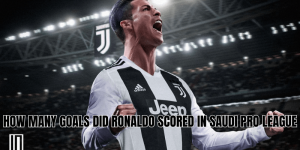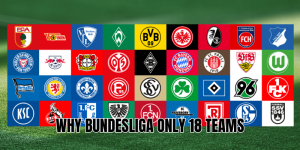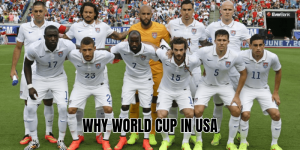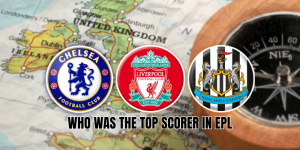In today’s heated debate among football fans, the question is Saudi Pro League harder than MLS pops up frequently — and the answer is, it depends. Yes, the Saudi Pro League has surged in profile thanks to big-money signings, but when measuring overall toughness — depth, consistency, infrastructure, youth development — MLS often holds the edge. ProteanCup will walk you through both leagues’ strengths and weaknesses so you can decide where the balance truly lies.
How do we define “harder”?
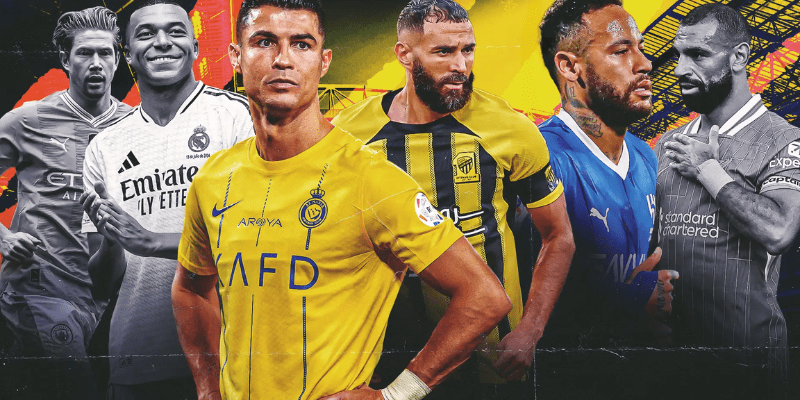
Before comparing the leagues, we must clarify what “harder” means. Does it mean:
- More physicality and intensity on the pitch?
- Better depth — not just star players, but quality across all teams?
- Better infrastructure, youth development, coaching?
- Tougher competition in continental/international tournaments?
- Financial stability and sustainability?
Let’s compare along these dimensions.
Star Power vs Depth
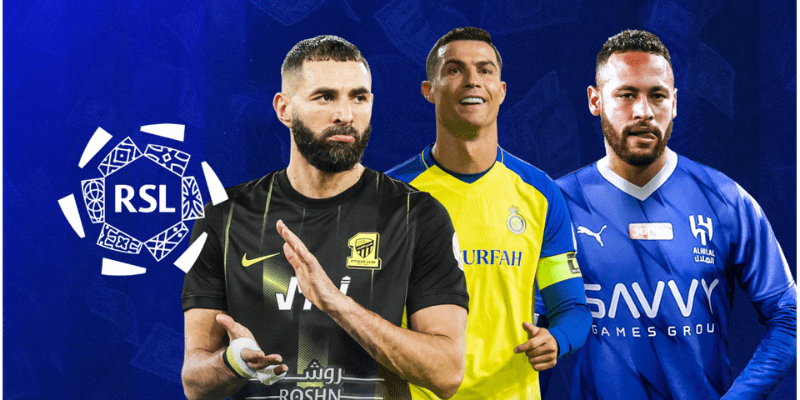
The glamour in Saudi
In recent years, the Saudi Pro League (SPL) has made headlines by signing a string of high-profile names. Big names like Cristiano Ronaldo, Neymar, Karim Benzema, and others have joined clubs like Al-Nassr, Al-Hilal, and Al-Ittihad. This has instantly raised expectations, global visibility, and the level of match-ups at the top.
These signings do bring increased quality for those clubs, tougher opposition in marquee matches, and greater pressure.
MLS’s broader player base
On the flip side, MLS is building more slowly but steadily. While MLS doesn’t always attract the same number of aging European superstars, its depth — the quality among the “middle” and “lower” tiers of the league — tends to be more consistent. Young domestic talent, veteran leadership, balanced rosters: MLS clubs have been growing in technical, tactical, and physical terms.
Studies have also shown that when you average out club strength, MLS often outperforms SPL. For example, in recent power/rankings metrics, average ratings of MLS clubs have edged out those of Saudi clubs.
Competitiveness And League Structure
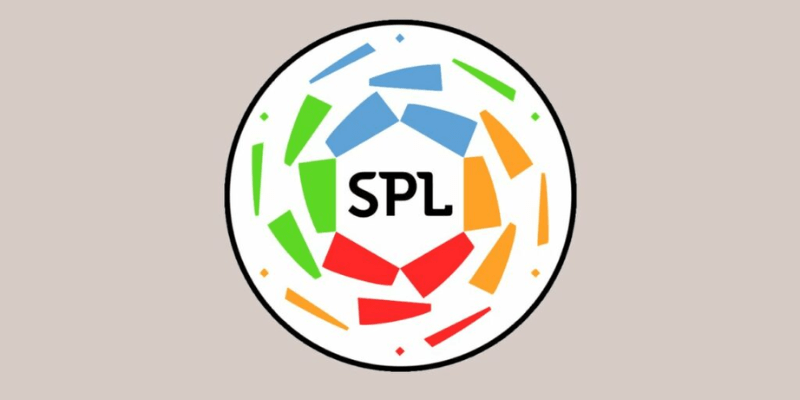
Saudi’s concentration at the top
Because of financial firepower, top SPL clubs are able to recruit very strong squads. But that also creates disparities: a few elite teams dominate many matches, and there’s a wider gulf between the top and bottom clubs. Depth beyond the elite is less proven.
Attendance figures and performance (both domestically and in AFC club competition) reveal that while SPL’s elite perform well, many lesser teams struggle.
MLS’s more balanced competition
MLS’s salary rules, draft system, designations, and cap/exceptions (like designated players) tend to enforce more parity. It’s common in MLS for mid-table teams to upset favorites; the league is generally less predictable week to week.
Also, with a more even spread of talent, physical and logistical challenges (long travel, varied climates) make winning in MLS tough in different ways. The “away game” often means serious adversity beyond just the opponent.
International & Continental Performance
SPL in Asian competition
Saudi clubs compete in the AFC Champions League (now in its Elite format). Some SPL clubs have strong records, and recent seasons show improved competitive performances. This includes big matches and upsets vs other top Asian leagues.
Also, SPL clubs are increasingly investing in coaching, tactics, infrastructure to compete regionally and internationally.
MLS on the continental stage
MLS clubs compete in the CONCACAF Champions League. Historically, an MLS club has found winning that very difficult. The standard of competition in CONCACAF is patchy — good in Mexico, Central America, but sometimes weaker elsewhere. So while MLS wins leagues domestically, its performance in continental tournaments is less consistent.
In terms of representation in Club World Cups or in intercontinental friendlies, MLS has been less tested than some of the high-spending SPL clubs recently.
Financial Muscle & Sustainability
Money in Saudi
Saudi Pro League’s recent investments were massive. Big player salaries, many foreign signings, infrastructure investment, marketing — all magnify the league’s profile and potentially its quality. But that also raises concerns: financial sustainability, competitive balance, dependency on external funding.
Recent moves by the SPL leadership show awareness of that: new financial regulations, youth quotas, and governance reforms are being introduced to ensure stability.
MLS’s model
MLS has a more mature system in terms of franchise valuation, long-term growth, revenue sharing, youth development, and stadium infrastructure. Club valuation numbers are increasing. Several MLS franchises now are worth over a billion dollars.
MLS is less flashy sometimes, but its structure tends to enforce sustainable growth, better youth pipelines, and steady improvements rather than boom-or-bust.
What the Rankings Say
- In the latest Opta / similar power rankings, MLS is ranked among the top 12 leagues globally, while SPL is substantially lower (often 25-30+ in those lists).
- A study comparing average power ratings: MLS clubs had a higher average rating (73.2) compared to Saudi clubs (70). ORTbible)
- Global market valuation of MLS clubs (collectively) is often higher than that of Saudi clubs, reflecting depth and brand strength beyond just marquee names.
Areas Where Saudi Pro League Might Be Harder
While MLS may lead in consistency, depth, structure, Saudi Pro League is catching up fast in certain areas:
- Top-level derby matches: with star names and strong investment, some Saudi fixtures are extremely intense and tactically demanding.
- Expectations and pressure: fans, owners, media expectations are enormous for big Saudi clubs. Losing big carries more weight, which elevates difficulty.
- Recent success vs major teams: for example, Al-Hilal defeating Manchester City in the Club World Cup showcased that Saudi clubs can compete head-to-head with the very best when fully loaded.
Bottom line: which is harder?
Putting all the above together:
- If by “harder” you mean the toughest average week-in, week-out competition, overall squad depth, infrastructure, and long-term sustainability, ** currently is harder**.
- If you mean high-stakes matches with star power, big expectations, and top club vs top club challenges, Saudi Pro League offers unique hardness in certain contexts.
So the answer is mixed — but leaning toward MLS being more consistently difficult across all levels.
Conclusion
In conclusion, is Saudi Pro League harder than MLS? For now, MLS holds the edge in terms of overall consistency, depth, and sustainable growth — but Saudi is rapidly closing in, especially at the top end.
ProteanCup hopes this breakdown helps you understand both leagues better. If you want, we can compare specific metrics or even breakdown by player type (young, veteran, international stars) so you can decide which “harder” means most for you. What angle do you want next?

